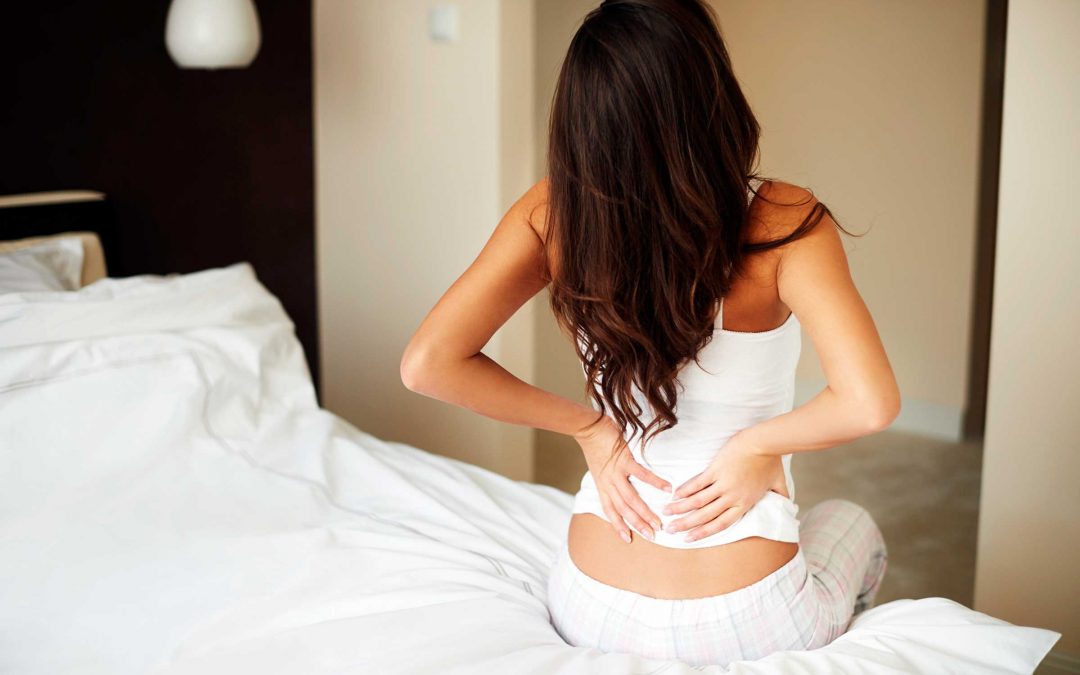Having a 9-5 job, being behind a desk all day long, or too much physical toil can a toll on your body. Resting for 8-hours a day can still leave you sore from a hard day’s work. Back pain is one of the most common problems faced by those who lift up heavy stuff all day long or even for a desk jockey. Before going for costly medications or useless machines, give yoga a thought. It is simple, easy to do and won’t cost you buck! Few of the many yoga asanas that have been found to have miraculous effect in relieving back pains are asanas like bandh konasana. These can be practiced at any time you like yoga asanas for back pain.
Knee Hugs

Knee Hugs are also known as Apanasana. There are many variants of this posture. It is also, one of the easiest of them all. The benefits of knee hugs include better mobility. It helps reduce joint and muscle pain in the knees and helps in better blood circulation.
Doing knee hugs is fairly simple. You need to stand straight. Next, you need to bring your knee up to your chest. Do not worry if you cannot fully bring it to your chest. Try to get it right eventually. One of the most essential things to note here is a balance. You need to maintain your balance if you are doing standing knee hugs, which is why many switch to a supported version of knee hugs. In a way, Pawan Mukta asana can also be counted as a modified version of knee hug yoga asanas for back pain.
Knee hugs help in stretching your thigh muscles. This includes muscle groups like hamstring at the back and glutes in front. Apart from this, knee hugs also help in stretching your lower hips and pelvis. It is a great way to start off a series of exercise or to end a series.
Thread the Needle

Thread the needle. Now, what do you imagine when you hear such a thing? Thread the needle is also known as Parsva Balasana in Sanskrit. It gets its name from three Sanskrit words, parsva, Bala and asana. Parsva means plank, Bala is the Sanskrit word for ‘boy’ and asana means posture.
Start off by sitting on your knees on a yoga mat or relatively soft surface. Next, get on your hands and knees. After this, move your right hand forward. Then slowly take your left hand to your right. Your chest should start facing right. Note that your legs or lower torso should not move. Stretch your left hand as much as you can. Don’t forget to breathe gently. Now slowly bring yourself back to your hands and knees as you initially were. Repeat the same process with your right side.
Thread the needle yoga pose helps in stretching your hips. It helps in removing the stiffness in your shoulders. It helps in exercising muscles in your upper chest as well. Be sure not to twist yourself too much while doing this. Also, do not put pressure on your neck. You can follow this pose up with asanas like Vajrasana.
Gentle Bridge

Gentle bridge, also known as Setu bandhasana, is a widely practiced posture of yoga. Its name “bridge-binding pose” in Sanskrit. It is fairly simple but a bit difficult to execute. It needs to be performed under supervision.
To do the gentle bridge pose, start by lying down on your back. Next, make a small gap between your legs. Now, lift your lower back with support from your legs. Do it slowly and maintain a breathing rhythm. Your hands should be at your sides with the palm facing the ground. It helps in getting extra support. Do not go overboard and end up hurting your neck. Try to keep the pressure off your lower spine. Hold the pose for about a minute and then slowly come back to the initial position.






Really worth going through more than once!!!